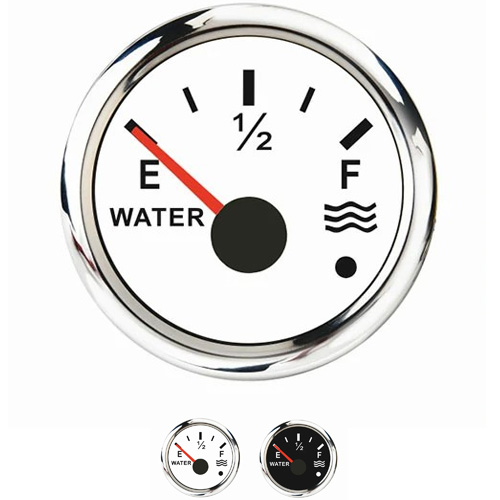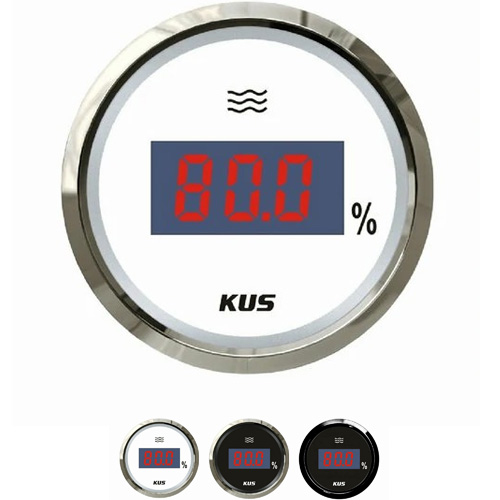led water level gauge
Our water level gauge is with led light.The automotive instrument panel integrates LED signal display controlled by the electronic control unit, sensors, electronic control units (ECU), and actuators. The automotive electronic control system refers to the combination of sensors on the vehicle and mechanical systems on the vehicle (usually integrated with subsystems in the powertrain, chassis, and body systems), and the use of cables or radio waves to transmit information to each other, known as "electromechanical integration".
The water level gauge of the car dashboard can be modified, and the backlight of the car dashboard includes a dial backlight and a LCD backlight, usually using LED lighting. If it is a yellow backlight, then the yellow LED is emitting yellow light. This was decided during the instrument design and cannot be changed. If you really want to make changes, you can only remove the instrument panel, remove the circuit board, and buy your own LED of the desired color to replace it. Of course, the more LED lights installed on the water level gauge, the brighter it will be. In fact, the brightness depends entirely on your power. If you install more, its power will still be the same, and each light bulb will receive less power, resulting in a darker brightness. It's better to only install two light bulbs. With two light bulbs, the more power you may receive. For example, 100 watts, you installed three light bulbs. Each one is only divided into 30W , but you need to install only two light bulbs, each of which can be divided into 50W.
The reason for the flashing code of the instrument light malfunction light may be that the LED light current is too low and the computer cannot detect the signal . This problem can be solved by installing an additional resistor or using a CAN simulator to simulate the impedance of the original use of ordinary brake lights.
When the car is running, each sensor continuously detects the operating condition information of the car and transmits this information to the ECU in real-time through the input interface. When the ECU receives this information, it makes corresponding decisions and processes based on the pre written internal control program, and outputs control signals to the corresponding actuators through its output interface. After receiving the control signals, the actuators execute corresponding actions to achieve a predetermined function.
 English
English 






Get a Quote / Info